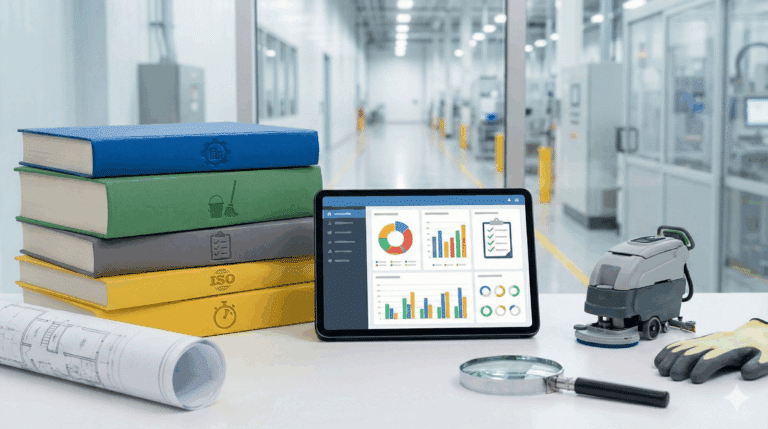The concept of “digital transformation” has become so widely used, that it has lost the real meaning. At present, technology plays a critical role in an organization’s’ ability to grow and succeed and the digital transformation is very much related to digitization
transformation.
What is digital transformation?
It is quite difficult to pinpoint a definition that applies to every organization. However, in broad terms, digital transformation is the integration of digital technology into all areas of a business in order to change how they operate and how they deliver value to their customers. It’s a cultural change that requires organizations to continually challenge their existing conditions and think out of the box. Some definitions focus on what businesses expect to achieve while other highlight elements such as innovation, digitisation of assets and an increased use of technology.
Other definitions establish that “digital transformation involves changes associated to the application of digital technology in all aspects of human society”. However, when it comes to business digital transformation is more about automating operations, about people, and about new business models. Understanding what digital means to your company is essential to take the right decisions. However, the end goal of digital transformation must be the ability to act and react to changing conditions and strategies in order to evolve and succeed. Digital transformation should include an information logistics system able to collect, analyse and report data and react in response if required. The ability to respond is essential to optimize business operations and it requires different tools and technologies.
Why digital transformation is necessary?
Key drivers of digital transformation are profitability, customer satisfaction, and increased speed-to-market. Other benefits are:
Improved collaboration across departments
A massive digital transformation will affect every level of an organization. All processes and strategies and company culture need to be addressed. When all departments are aligned and are able to collaborate with each other, the chances of a successful and confident transition are stronger.
Increased efficiency
Digital transformation involves optimizing processes and making workflows faster, easier, and more efficient because instead of spending hours processing paperwork, you can create digital workflows which increase efficiency and allow employees to focus on other activities.
Digital transformation enables you to create much more efficient systems and processes, which allows key tasks and projects to move forward much faster.
Provide a better service
The most critical objective of any company’s digital transformation is to better meet customers’ needs. On the way to achieve that goal, your company will might achieve increased revenue and profit margins.
Process optimization

Digital transformation is the intensive change of business and organizational activities, processes and competencies and models to improve the way we conduct businesses. The main objective is process optimization. Nevertheless, considering how fast digital technology disrupts industries, it’s important to be constantly prepared to change and adaptations.
The goal of digital strategy is enhancing your customers experience and increasing your organization’s competitive advantage. Moreover, digital transformation attempt to improve the way to do business. However, this switch doesn’t happen just like that. You need a strategy and the tools that will support your strategic goals.
Digital transformation is a journey with a variety of connected intermediary goals in the end, moving towards continuous optimization across processes. This route needs a clear and planned approach with a roadmap and it has to involve everybody within the organization.
DataScope is a platform which allows various industries to streamline, organize and evaluate the work of their field staffs thanks to online forms which provide real time indicators 100% adaptable to any field.






